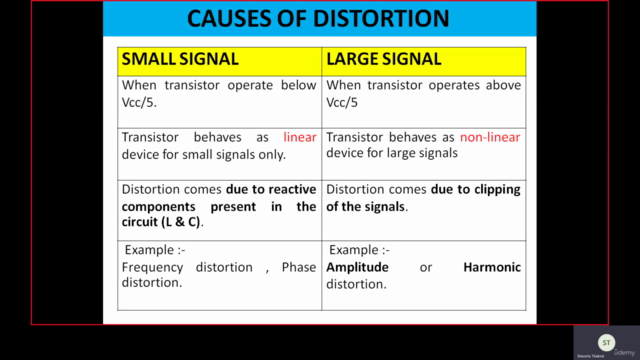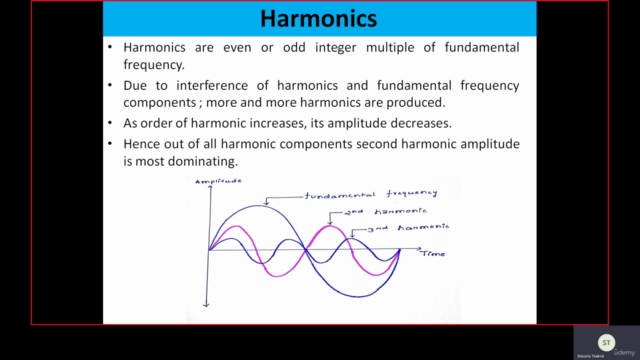Analog Electronics-II

Why take this course?
🎓 Course Title: Analog Electronics-II: Integrated Electronics
🚀 Course Headline: Dive into the World of Advanced Analog Electronics with Dr. Shaveta Thakral!
📘 Introduction to the Course: Welcome to "Analog Electronics-II: Integrated Electronics," an in-depth exploration of advanced concepts in analog electronics, especially as applied to integrated circuits. This course is meticulously structured into five comprehensive sections, designed to deepen your understanding and mastery of the subject matter. Get ready to navigate through the intricate world of electronic components and systems that form the backbone of modern electronic devices.
Course Structure Overview:
-
Section-1: BJTs and Small Signal Models 🔋
- BJT Introduction and Biasing
- BJT as a Switch
- Small Signal Model of BJT
- Current Mirror Configurations
-
Section-2: FET Biasing and Small Signal Models 📏
- FET Biasing Techniques
- FET Small Signal Model
- Common Drain, Source, and Gate Configurations
- Analytical Analysis of FET Configurations
-
Section-3: Multistage Amplifiers and Coupling Schemes 📡
- Multistage Amplifier Block Diagram and Gain Calculation
- Understanding Gain in Decibels
- Various Coupling Arrangements (R-C, Transformer, Direct)
- Advantages & Disadvantages of Each Coupling Method
- R-C Coupled Amplifier Analysis
- Distortions and Feedback Mechanisms in Amplifiers
- Designing Oscillators and Power Amplifiers
-
Section-4: Operational Amplifiers and Linear Applications 🔧
- Introduction to Differential Amplifiers
- Deep Dive into Operational Amplifiers (Op-Amp)
- Internal Structure of Op-Amp
- Characteristics of an Ideal Op-Amp
- Non-ideal Op-Amp Behaviors (Offset Voltage, Bias Currents, Slew Rate, etc.)
- Concept of Virtual Ground Explained
- Various Op-Amp Configurations (Inverting, Non-inverting, Differential)
- Linear Applications: Instrumentation Amplifier, Active Filters, Voltage Regulators, Oscillators, and ADCs using Op-Amps
-
Section-5: Nonlinear Applications of Operational Amplifiers 💡
- Hysteretic Comparator, Zero Crossing Detector, Waveform Generators (Square/Triangular)
- Precision Rectifier, Peak Detector Circuitry
- Monostable Multivibrator Designs
🎥 Course Benefits: By the end of this course, you'll possess a profound understanding of analog electronics in integrated circuits. You'll be able to:
- Design and analyze multistage amplifiers and various coupling schemes
- Troubleshoot and optimize operational amplifier applications in real-world scenarios
- Innovate with nonlinear Op-Amp configurations for precision applications
📅 Course Duration: Approximately 10 weeks of engaging content, including practical examples, interactive quizzes, and hands-on projects to solidify your learning.
🌍 Who Should Take This Course? This course is ideal for:
- Electrical Engineering students
- Electronics hobbyists
- Professionals in the semiconductor industry
- Anyone interested in deepening their knowledge of analog electronics and its applications in modern integrated circuits.
🛠️ Practical Application: Apply your newfound expertise to develop cutting-edge electronic devices, improve existing designs, or push the boundaries of what's possible with integrated electronics. 🌟
Enroll now and embark on a journey to master analog electronics with "Analog Electronics-II: Integrated Electronics"! 🚀📚
Course Gallery




Loading charts...